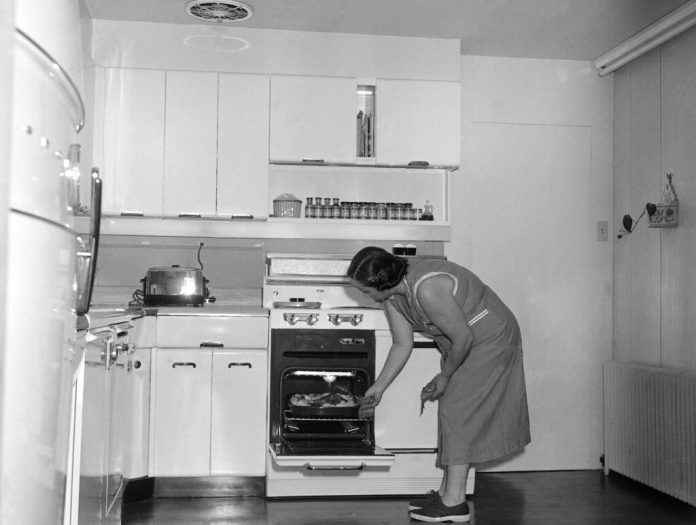(NewsNation) — You’re not imagining it.
Home appliances are breaking down more often, and new tech features are part of the reason why, according to a recent Wall Street Journal report.
American households spent 43% more on home appliances in 2023 than in 2013 even though prices for the category have declined 12% from a decade ago, WSJ found. One reason for the discrepancy is a higher rate of replacement.
The report cited Yelp data that showed users requested 58% more quotes from appliance repair businesses last month than they did in January 2022.
Those in the industry told WSJ the push toward computerization, a higher quantity of individual components and flimsier materials are making household appliances less reliable.
“We’re making things more complicated, they’re harder to fix and more expensive to fix,” Aaron Gianni, the founder of do-it-yourself home-repair app Plunjr, told the Journal.
Are gas stove bans going into place?
When it comes to appliances, the adage “less is more” has fallen out of favor over the years. Gone are the days of the on/off switch; now, touch displays that rely on intricate electrical and computer parts are common. Soon, artificial intelligence will be barbequing your steak for you.
The proliferation of tech features has meant more can go wrong, but it’s also made it harder to diagnose the problem when something does break, appliance technicians told the Journal.
The quality of materials — which are more likely to be made with plastic and aluminum now rather than steel — has also declined, Mansoor Soomro, a professor at Teesside University who spent seven years at Siemens, said in the report.
A spokeswoman for the Association for Home Appliance Manufacturers told WSJ that the average life of an appliance has “not substantially shifted over the past two decades,” but safety, energy efficiency and affordability have all improved.
At CES 2024, tech companies are transforming the kitchen with AI and robots that do the cooking
Replacing a refrigerator from before 1980 with a newer model could save hundreds of dollars a year in energy, according to the federal government’s “Flip Your Fridge” calculator.
Back in 2007, a survey from the National Association of Homebuilders found that the average major appliance lasts fewer than 15 years. Dishwashers last about nine years, dryers and refrigerators about 13, and washers about ten.
Several states have passed “Right-to-Repair” laws aimed at giving consumers the ability to repair their own products without having to go back to the original manufacturer.
California’s law requires appliance manufacturers to provide the means to “diagnose, maintain or repair” products with a price point of more than $100 for at least seven years after the product was last manufactured.
Last year, lawmakers in New Hampshire introduced a similar bill that would require home appliance manufacturers to make certain repair-related documentation, parts and tools available to owners and repair providers.
www.newsnationnow.com
https://www.newsnationnow.com/business/your-money/appliances-dont-last-wsj/













